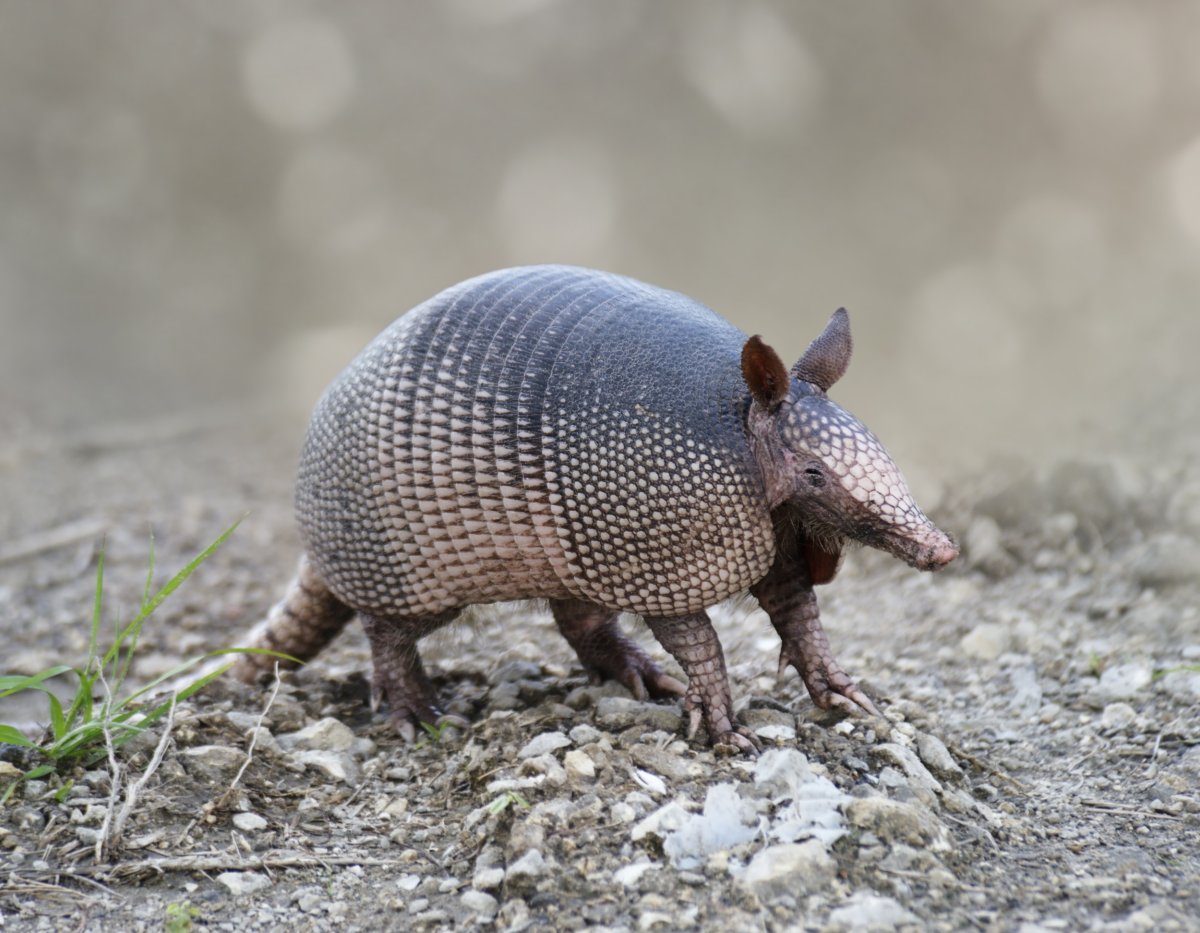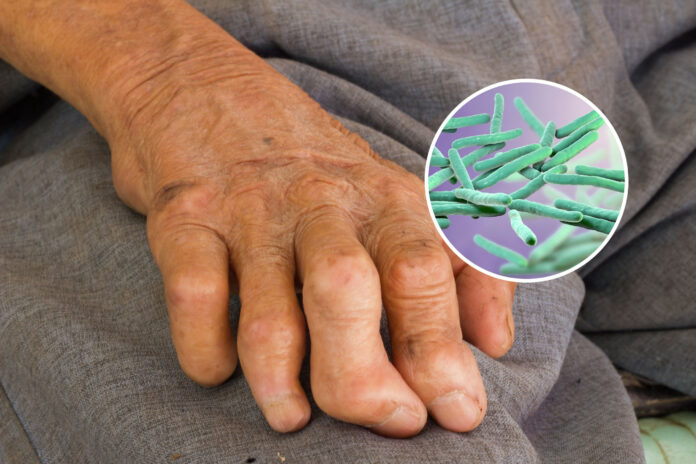Leprosy is on the rise again in the United States, particularly in Florida, concerning disease specialists.
According to the World Health Organization, about 200,000 cases of the disease occur every year in 120 countries worldwide and are often associated with contact with armadillos.
The U.S. is experiencing cases creep upwards, with the number of infections across the country more than doubling over the past decade, both in people exposed to armadillos and those who aren’t.
According to a report from the Centers for Disease Control and Prevention last year, there were 159 new cases of leprosy in the U.S. in 2020, around a fifth of which were in Florida. Of the Florida cases, 81 percent were found in central Florida.
Cases in the southeastern states have nearly doubled over the last decade, according to the report.
“Florida reported 10 cases of leprosy every year between 2002 and 2014. This rose to 29 new cases in 2015. There were 15 new cases in 2023,” Francisca Mutapi, a professor in Global Health Infection and Immunity and co-director of the Global Health Academy at the University of Edinburgh, told Newsweek.
“Global case detection rates dropped between 2019 and 2020, but this has been rising since then. The WHO attributes part of the decline in case detection rates to the impact of the SARS-CoV-2 pandemic on health services,” she said.
“The number of new cases post-2019 is growing but reported cases to date are still lower than those reported in 2019 (202,166 new cases) compared to those detailed in the latest WHO report from 2022 (174,087 new cases).”
Leprosy—also known as Hansen’s disease—is caused by the bacteria Mycobacterium leprae and Mycobacterium lepromatosis, and is one of the oldest recorded diseases, having infected humans for thousands of years. It primarily affects the skin, peripheral nerves, mucosa of the upper respiratory tract, and eyes, and causes symptoms including skin lesions, which may be lighter or darker than the surrounding skin and may lack sensation.
Other symptoms can include numbness or weakness in the hands and feet, nerve damage, and in severe cases, deformities and disabilities.
ISTOCK / GETTY IMAGES PLUS
Symptoms may take as long as 20 years to set in. Deaths from the disease are uncommon, but complications related to the disease can still occur, particularly if it is left untreated or if treatment is delayed. These complications may include secondary infections, nerve damage leading to disabilities, and other health issues.
“We currently do not know what is driving the reported increase of leprosy cases in Florida. Studies are currently underway to determine how infections are being transmitted, i.e., between humans vs infections from animals to humans. People may become infected from other people with untreated leprosy or from the nine-banded armadillo, a natural host of the bacteria causing the disease,” Mutapi said.
The only known animal-human transmission route of the disease is from armadillos, and interaction with armadillos is often associated with cases of leprosy. However, many people also catch it from other humans, or even without human-human interaction, mystifying researchers.
“Besides humans, M. leprae is known to infect armadillos, red squirrels in the U.K. and chimpanzees in the West African countries of Guinea Bissau and Ivory Coast,” John Stewart Spencer, an associate professor and leprosy researcher at Colorado State University, told Newsweek.
“My collaborator here at CSU, Dr. Charlotte Avanzi, has performed whole genome sequencing on over 200 clinical human isolates from Brazil and has also sequenced isolates from armadillos in Mexico and from the chimpanzees in West Africa. It is also likely that M. leprae can survive for months or years in the soil and water inside amoeba that could serve as another environmental reservoir infecting humans like the person from Florida.”

ISTOCK / GETTY IMAGES PLUS
The number of cases seen in Florida has led experts to fear that the disease is becoming endemic in the state. This essentially means that it has established a consistent presence within a certain population or geographic area, being regularly found at a relatively stable level.
“34 percent of new case-patients during 2015–2020 appeared to have locally acquired the disease. Several cases in central Florida demonstrate no clear evidence of zoonotic exposure or traditionally known risk factors,” the CDC report said.
Leprosy has a long history of stigma, mainly due to the impacts it can have on a victim’s physical appearance. Until the mid-1900s, treatment wasn’t available, meaning that the disease could progress to the point of causing severe physical deformities, including disfigured hands and feet, and changes to the appearance of the face and nose. These symptoms inspired such fear of contagion that leprosy patients were often socially excluded.
It is transmitted via respiratory droplets, often from close and prolonged contact with untreated individuals who have the active form of the disease. However, it is not highly contagious, and most people who are exposed to the bacterium do not develop leprosy.
“Genetics plays a key role in susceptibility or resistance, and it has been estimated that over 90 percent of all humans on the planet have a natural immunity to mycobacterial infection, including tuberculosis, leprosy and non-tuberculous mycobacteria (NTM),” Spencer said.
Leprosy is treatable with multidrug therapy (MDT), which typically includes a combination of antibiotics such as dapsone, rifampicin, and clofazimine. Early diagnosis and treatment are crucial to prevent complications and reduce transmission of the disease. With timely diagnosis and appropriate treatment, the vast majority of leprosy cases can be cured, and deaths directly attributable to leprosy is now, thankfully, relatively rare.
Do you have a tip on a science story that Newsweek should be covering? Do you have a question about leprosy? Let us know via [email protected].
Uncommon Knowledge
Newsweek is committed to challenging conventional wisdom and finding connections in the search for common ground.
Newsweek is committed to challenging conventional wisdom and finding connections in the search for common ground.


